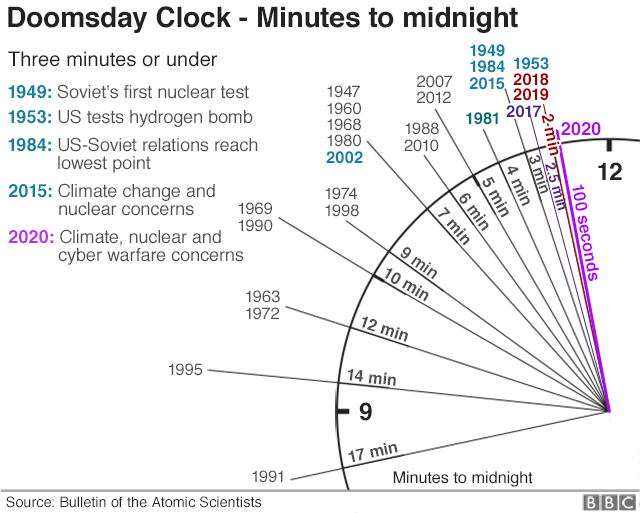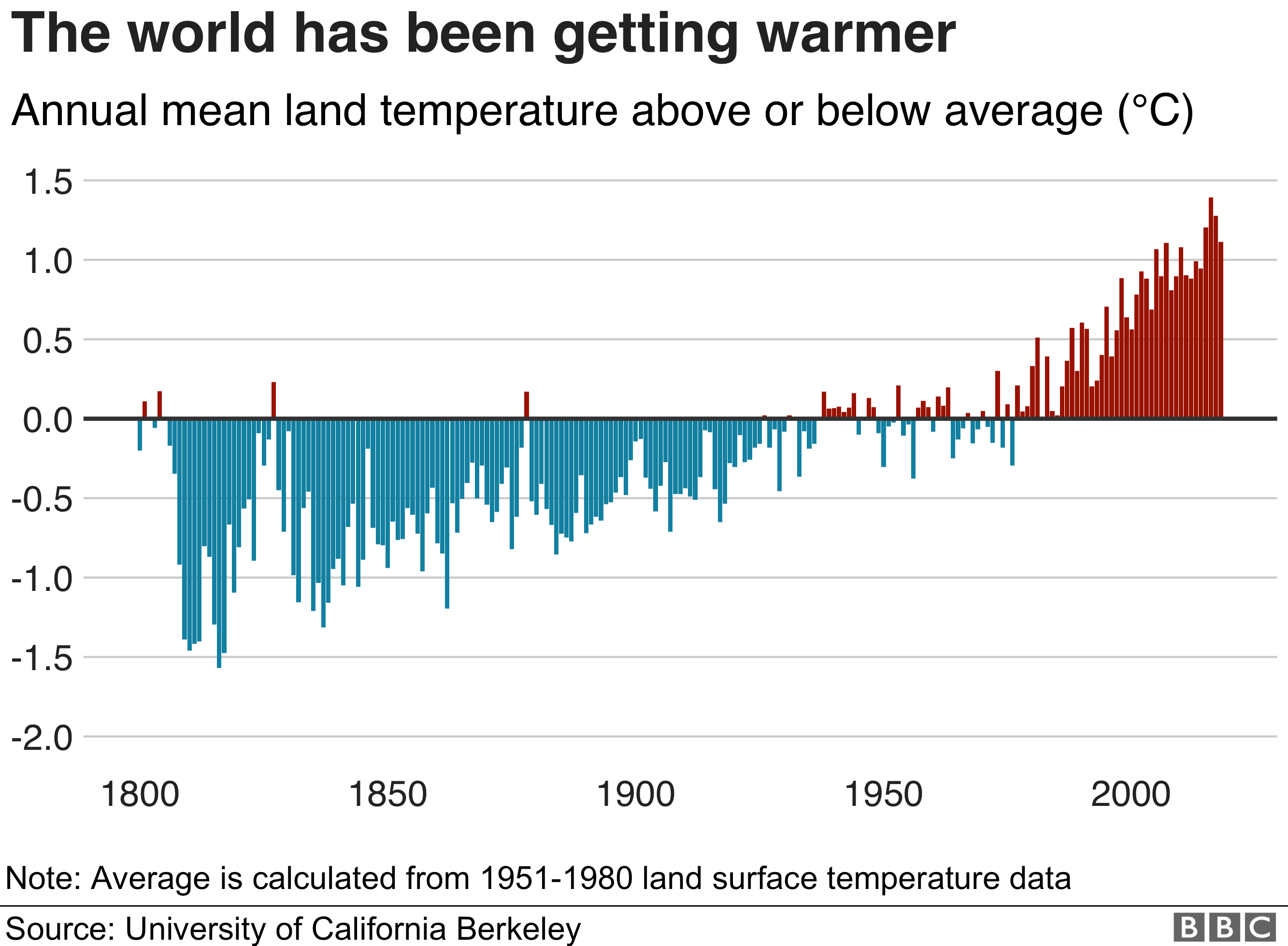
The stuff we humans buy is a disaster for the planet we love. Livestock intended for human food now make up 60% of the total weight of mammals on Earth, while wild mammals make up only 4% (the rest is humans and pets). The global clothing industry is responsible for 10% of greenhouse gas emissions, more than the emissions from entire European Union. Single-use plastics are choking the oceans. Transportation (including the cars we drive, but the semis that cart our products to stores) accounts for almost a third of U.S. emissions.
This post doesn’t discuss food because that is a huge subject all on its own, with a lot of complex dimensions. If you’re interested in learning how we eat lighter, see here and here. Gardening is a big part of our diet and there will be new posts when it’s time to start seeds, but in the meantime get your gardening fix here and here. When it comes to the other things we all buy, changing our habits to go easier on the planet has a whole bunch of other amazing benefits.
The first great secret is simply:
Reducing the total amount we buy in the first place.
Clothes are an excellent example of the myriad ways buying less can improve your life. The most obvious is financial. The average American household has 2.5 people, spends $1,800 a year on clothes and shoes, and carries $5,700 in credit card debt. My family owns smaller, more thoughtful (“curated”) wardrobes; the four of us together spend about $400, we carry no revolving credit card debt, and we’re comfy and satisfied with what we wear, much more so than before we curated it. And that’s including shoes, socks and underwear, with two growing kids and one professional wardrobe.
I designed our little house without closets, except for a hall cupboard. These wardrobes are much easier to keep neat, and they store our entire clothing collection plus a bunch of other things.
I’m sure you could think of a great way to use an extra $1,400: put it in savings so you can weather an emergency, or offset your impact by supporting spectacular projects like those at The Cool Effect. We use some of the money we save to plant trees. At least one study found that “green” consumers actually have as much impact as unconscious consumers, and buying less is not only much less impactful, but results in greater financial and emotional well-being.
The clothing industry is the second-greatest polluter after oil and gas (check out these fascinating graphics, or this TED-Ed). Synthetic fabrics have a higher carbon footprint and a bigger disposal problem than naturally-grown fabrics, but natural fabrics use a lot more water and occupy land that could grow food or be left wild. Americans want their clothes cheap, which means they’re made by people who are poorly paid in unsafe conditions. And when we discard a “fast fashion” item it gets shipped to developing countries where the endless stream of charity clothing has destroyed local textile industries and livelihoods.
You will see buying less framed as a sort of deprivation. You will hear that you deserve to have whatever catches your fancy. That’s effective advertising, but it’s disingenuous. I think you deserve a low-stress dressing routine, where it’s effortless to pick out something comfy that looks great. You deserve a wardrobe that works for you, not a clogged closet and a disastrous dresser. There are excellent resources which support a curated closet, such as Project 333 and Thrift Shop Chic.
Marie Kondo’s method can be especially quick and effective: dump your closet onto your bed, pick up every piece one at a time, and let go of anything you don’t adore. If it doesn’t fit, if it makes you sad because it came from an old boyfriend, if it looks great but pinches, I guarantee you’ll be happier not to see it ever again. If you don’t love it you probably weren’t wearing it anyway, so you won’t go naked without it. Most people only wear about 20% of their clothes regularly, and hardly ever or never wear the other 80%.
This process yields something much more valuable than whatever cute-but-ill-advised shirt is on the corner rack at Walmart. You gain a closet that makes you feel good instead of bad. You might hesitate to discard things because of that livelihood-wrecking issue mentioned above, but because building a closet you love breaks the destructive buying cycle, the net effect is profoundly positive. I’ll say it again: when you look around your house and see only things you genuinely love, your urge to buy new things all but disappears.
The second great secret is:
If you really need it, get it used.
Buying something new feels great for a moment because it triggers all the reward chemicals in our brains. Then it feels bad later when you realize you were suckered by the 20% off sign, or when the credit card bill arrives, or when the house is so stuffed you can’t move through it. Humans are highly motivated by the gravity of previous investment. We’re unwilling to give up something we paid a lot for even if we don’t really like it, so we hang on.
Buying used subverts this psychology of seek and reward by taking the focus off whatever the fashion, decorating and advertising industries decide is “in.” In a thrift store where nothing is hot off the loom, the emphasis is on what feels good to you, which is a recipe for satisfaction rather than endless consumption. I have a Banana Republic sweater in perfect condition, an $80 piece if it was new. I don’t love it because it’s “in.” I love it because it feels amazing and looks great on me. Therefore, I won’t discard it when it’s “out,” but instead continue to get pleasure out of wearing it for years. It cost $3. If it had been a mistake, I would have no qualms about letting it go because my investment was very small.
Thrifting isn’t useful to everybody. Men and people of very unusual sizes have a harder time outfitting themselves used, but they aren’t really the ones causing the clothing problem (except maybe my uncle Stan, who has a lot of shoes). Women spend almost twice as much as men on clothes, and women and children drive fast fashion, which is the most harmful clothing practice.
Thrift store stock aren’t the only things available used. We have a refurbished chainsaw and a refurbished laptop. They work fine, cost a fraction of the price of new machines, and drove no new production and very little pollution.
The largest, most impactful product most people buy other than a house is their car. You might have seen articles urging you to get a brand new car right now, because new cars are more gas-efficient on average than old ones. Beware this sort of reasoning, which looks suspiciously like advertising.
The oft-quoted statistic that 80-90% of a vehicle’s lifetime impact is in its fuel just isn’t true. It’s very easy to measure how much gas a car uses but much more difficult to measure its embodied energy, because the economy is complex. That 90% assessment counted the electricity used by the plant that made the car, but maybe not the electricity used by the other plant that made the equipment that made the car. It counted the impact of mining the metal for the car’s body, but not the impact of mining the metal in the office equipment at the dealership. These are small amounts, but they add up. If instead we examine how much of our country’s total emissions are the result of the auto industry, it looks like about 50% of the impact of a vehicle is in its manufacturing (that article is an excerpt from How Bad Are Bananas? The Carbon Footprint of Everything by Mike Berners-Lee. If you can’t borrow it from your local library, get it here).
The car industry is as much driven by fashion as the clothing industry, and there are therefore many more vehicles manufactured than necessary. People buy new because they succumb to advertising, to display their supposed status, or to possess the latest thing. People buy a four-wheel-drive even though they never go off the pavement, or get a much bigger car than they need. Somebody has to buy new, but nowhere near as many somebodies as do, and the impact of cars-produced-per-mile-driven is therefore increased by retiring them before they’re spent.
It’s true that on average newer models have better fuel mileage, but there are lots of middle-aged models with great mileage, too. The driver must compare the efficiency of the model years she is considering, and the reliability and safety of those models, taking care not to reward companies that make wasteful cars that need a lot of repairs and die early. A used buyer can take advantage of depreciation, getting a newish machine for thousands of dollars less just because it’s been driven off the lot. Even if you’re able to pay cash and avoid thousands in interest, the opportunity cost of brand-new just isn’t worth it.
Efficiency also really depends on how you drive. We live in the country and my husband commutes to town, an arrangement which is often held up as the most wasteful possible lifestyle. Yet the average single American driver uses 656 gallons of gas per year, and the two of us together use less than 500, including diesel for the tractor.
We have a ten-year-old efficient manual car for the majority of our driving, and a 23-year-old manual truck essential for farm tasks, which I also sometimes use to take the kids places while my husband is at work. We reduce our gas usage by bundling errands, keeping our focus on our deeply-rewarding homestead, and recreating in our neighborhood rather than driving long distances to shop for entertainment. This saves us time and money and improves the quality of our lives first, and also reduces our impact.
The third great secret is:
If you must have something and you cannot get it used, buy it ethically.
Buying used isn’t the solution for semi-disposable necessities like socks and underwear. But if you reduce your clothing outlay by buying only what you need and getting that secondhand, money appears in almost any budget for high-quality socks and underwear. My family is trialing Bombas, a company that not only takes back their product at any time for any reason, they also donate socks to the homeless. Darn Tough is another sock company with a generous return policy. I have some Darn Toughs that have lasted years.
Ethical buying is often the first-proposed solution, which is nothing but great marketing, because it should really be the last. Before you spend money on a reusable straw which still has impacts in the manufacturing stage, evaluate whether your life would really worsen if you just skipped the straw. Some folks with disabilities really need them, but the rest of us don’t. Before you spend your time hunting down compostable trash bags, work to greatly reduce the trash you make in the first place. Then it won’t much matter how it’s bagged. Buying a few pieces of good Pyrex really did get my family completely out of the cycle of semi-disposable Tupperware, but not every “solution” the green marketing machine pushes is so successful.
The fourth great secret is:
Above all, think of yourself as a detritivore.
You know detritivores. They’re the creatures who clean up by feeding on what’s fallen. We’re talking mushrooms, springtails and all the little organisms that build soil, the most precious thing on Earth. We detritivores make kefir at home, and use other people’s empty yogurt containers for compost buckets. We drink water, and use other people’s empty juice containers for the ice bottles that keep our cold drawer cold (read about it here, and about how we cut our electricity usage by 85%). We use my husband’s scrap paper from work for homeschool. We fix broken things, and then use them until they truly fall apart.
A perfectly good sink. Next to the faucet is my home-grown luffa that is surprisingly robust after several weeks of scrubbing dishes. I am very excited to never buy another sponge!
When we built our little house, we used salvage wood for the window sills and ceiling. We got our plaster sand from a neighbor’s defunct volleyball court. We got the floor tile from our local Habitat for Humanity ReStore, utilizing small leftover batches to make a lovely design. Our beautiful living room rug used to live in the entryway of a business. When our couch failed, I took it apart and reused the foam to make a new one out of secondhand scrap fabric and 2x4s. Our kitchen sink is a $2,000 model I bought off some guy whose new wife “didn’t like it.” I could never have afforded such luxury new, but secondhand it’s well within reach, and it reduced the (quite significant) impact of building our house.
How about you? Have you broken the consumer cycle and learned to value what you have, buy less and buy used? Tell me how you do it so I can take my skills to the next level. SOURCE
















